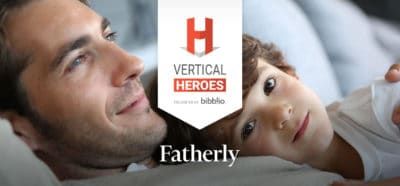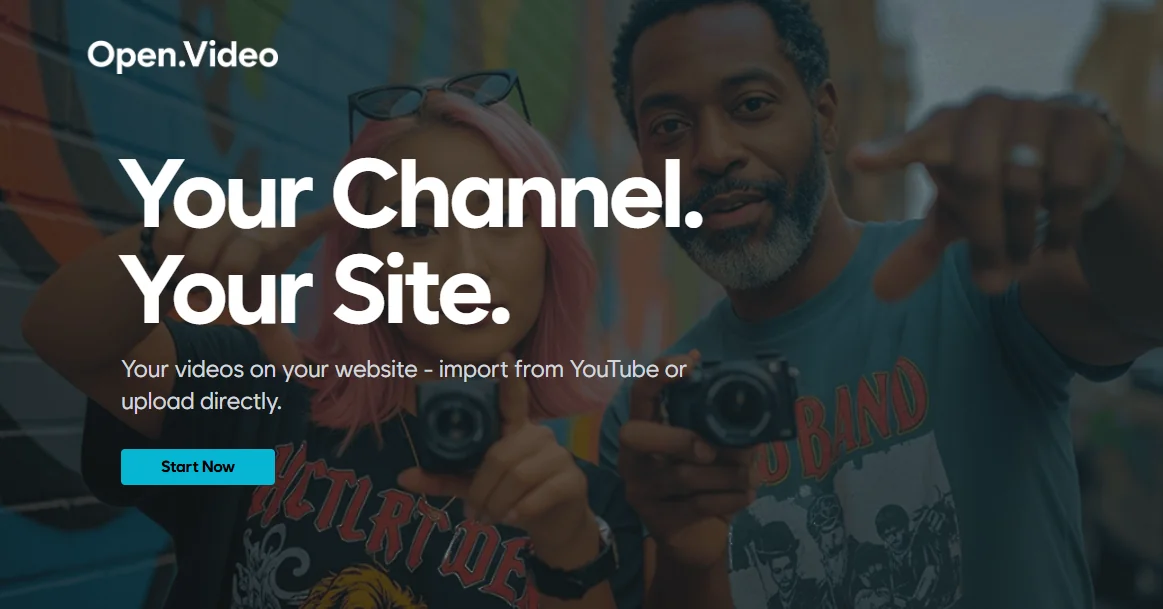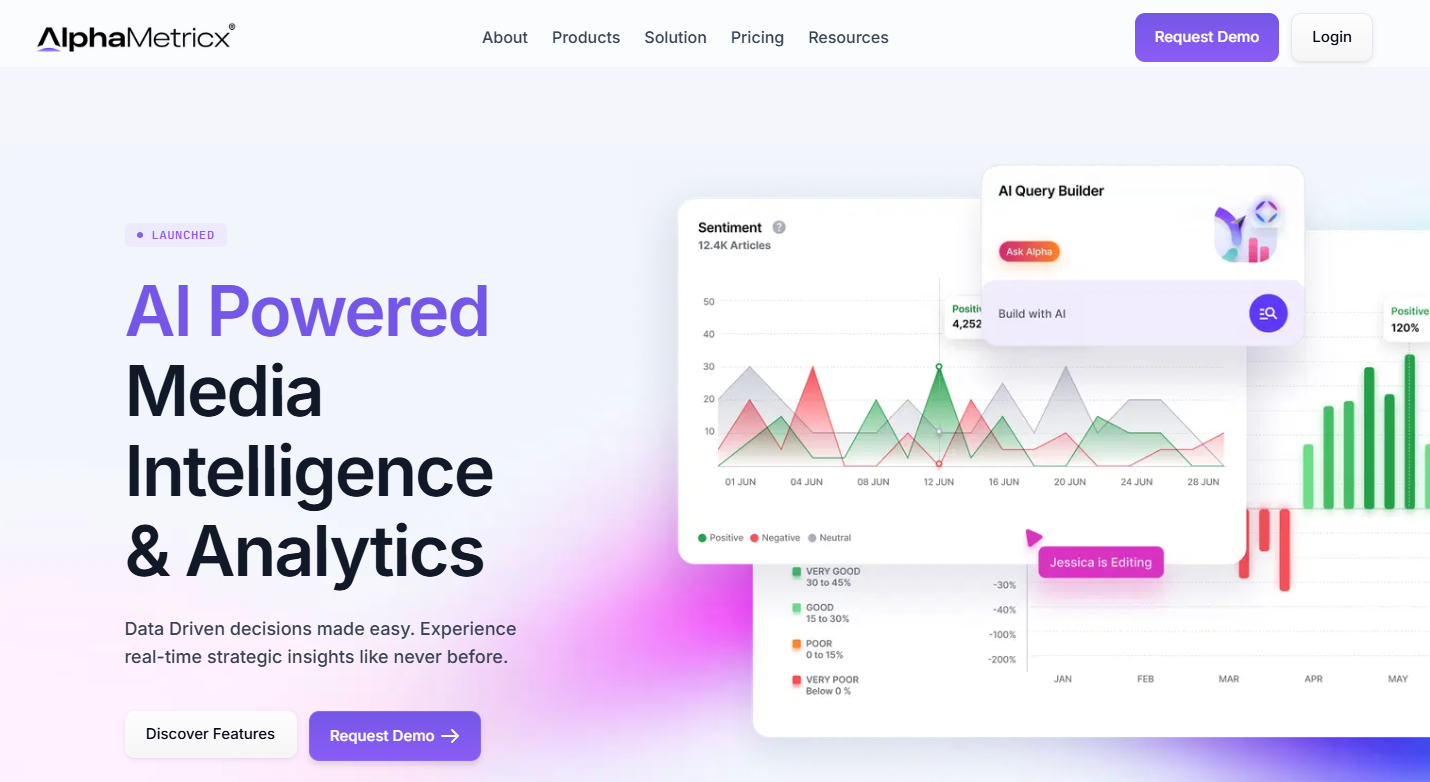In this edition, Bibblio’s Mads Holmen speaks to fellow CEO Mike Rothman of Fatherly, the digital media brand for male parenting. This popular lifestyle platform provides news, expert advice, product recommendations and hard-won insights into a challenging, but profoundly rewarding stage of life. The company was founded in 2015 and is based in New York City. Mike tells Mads of the importance of maintaining evergreen content, using data to enhance personalized user experiences and their successful push into the experiential space.

Mads: who is fatherly’s target audience?
Mike: Fatherly is primarily aimed at dads. Prior to our launch, the parenting media ecosystem wasn’t a particularly comfortable read for men. When we looked at other parenting outlets, their readership was 90 to 95% women. But, after spending almost a decade marketing to young guys at Thrillist, we knew that there was an ever-growing contingency of men who would need content to provide practical solutions for the next phase of their lives. Today, our audience is comprised of both mothers and fathers, reaching 55% men and 45% women.
Mh: which different types of content are you offering them?
MR: Our mission is to empower men to raise great kids and lead more fulfilling adult lives. From a content perspective, we do so by producing original video series and podcasts as well as surfacing deeply researched reports and expert parenting advice. The site helps parents answer everything from how to deal with the death of their own parent to buying your child’s first phone.
Mh: how large is fatherly in terms of audience and staff?
MR: Since 2015, we’ve grown 214% year-over-year. Today we reach 20MM readers each month, over 700,000 daily email subscribers, and more than four million social media followers. We have 45 full-time staffers across our NYC headquarters, Chicago, Cleveland, Los Angeles, and Portland.

Mh: you’ve managed to grow impressively, what has been the secret sauce?
MR: We’ve created a distinct voice and the largest possible tent for all definitions of parents. This has helped double the total addressable market in terms of both audience and potential commercial partners.
Additionally, when we think about where audiences are discovering content, it’s predominantly on social and through search. Ultimately, social media is about sharing content with someone you love, so Fatherly has been able to remain a mainstay on the feeds of families who share our content with each other. In terms of search, we’re constantly updating our library so anyone that has a parenting question on the internet, no matter how weird, can find a thoughtful and researched answer from us.
Finally, because we have a diversified source of traffic across 10 different channels, we’ve limited our exposure in a world of constantly changing algorithms shifts.
Mh: how are you retaining your audience? Turning visitors into regulars – to fans!
MR: It all comes down to how we can super-serve our audience. We find that there are different cohorts of fathers reading Fatherly. Whether they come to us because they’re anxious and want information on how to be the best parent possible, or if they’re a single father and need activities to keep their kids entertained, we’ve got them targeted.
We’re constantly iterating to better serve our audience. We just introduced guides, which serve as the authoritative take on various topics and are based on the culmination of our expert references and reporting. Our first guide covers sleep training, which is a deeply personal topic for new parents. We’ll expand this offering in the coming months.

Mh: what does seo mean to you these days?
MR: SEO is a huge piece of our audience growth strategy and our efforts are really paying off. Our approach is three-pronged. First, our new stories are optimized for search by anticipating what questions parents will have surrounding raising their kids. Secondly, our team is focused on regularly updating our library of evergreen content with the latest recommendations from the medical community and continually improving the quality of journalism we offer our readers. We likewise devote a lot of energy to optimizing and streamlining our library so that readers can more easily find related expertly researched, service-driven content and access our body of work about any given topic. Since we began these efforts we’ve seen a 452% growth in search referrals.
Mh: would you describe fatherly as data-driven?
MR: Data sits at the center of everything we do. Our in-house research division, FatherlyIQ, surfaces proprietary data gathered from our audience. Through a series of targeted questions, we are able to mine active and passive audience signals to help our partners better understand the hearts, minds, and spending decisions of today’s parents.
These studies allow us to provide our partners with data that helps them to market more effectively to our audience. Our latest FatherlyIQ study reveals how parents are managing their finances. Per our findings, 71% of Fatherly readers said they have discretionary income and an impressive 76% said they have at least a small portfolio; $200,000 or more is the most common amount invested. By contrast, only 46% of parents in the general poll said the same.
In the near future, we would like to further expand our tech and product functionality to provide our readers with an even more personalized user experience that surfaces advice and recommendations that are specific to the age of their children.
Mh: could you shed a bit of light on your revenue model?
MR: Fatherly partners with Fortune 500 companies such as Apple, Disney, LEGO, and Procter & Gamble, to help them access and influence our audience of young parents through a range of premium content marketing, display, and native advertising products.
Our revenue portfolio increasingly consists of delivering our clients original insights and custom solutions via FatherlyIQ and producing events that answer the question, “How do I educate and entertain my kid?”
In terms of experiential, we launched our first consumer-facing event in 2018 and have expanded the offering three-fold this year. We recently wrapped The Fatherly Backyard in partnership with Honda. The event celebrated summer and encouraged outdoor play and the 50 Grills, Toys, & Sprinklers That No Backyard Should Be Without.
By the end of this year, we expect to hit 40% year over year growth in this portion of the business.
Mh: is experiential the area you are most excited about?
MR: It’s huge for us and I’m excited about the opportunity to make it an even bigger portion of the revenue makeup. We’re coming off a very successful partnership with Gillette where we brought our content series ‘Letters to Boys’ to life via a gallery experience in NYC. Both the pop-up and the associated stories explored how today’s men can help raise tomorrow’s husbands, fathers, and leaders in an era defined by a rethinking of masculine norms. We worked with notable personalities such as rapper Common, Top Chef contestant Edward Lee, actor Luis Guzman, author of How To Raise A Boy Dr. Michael Reichert and Brooklyn 99 actor Terry Crews.
We’re currently planning for our next event, The Fatherly Playroom, which will take place in December. The Playroom is our vision for toy stores of the future. We mix the holiday shopping experience with fun programming such as musical performances, 3D printing tutorials and yoga classes. We see a real dearth when it comes to experiences that provide what kids want and what parents need.

Mh: why do you think your model has been successful?
MR: I’d put it down to four things:
Content from our partners
Operational excellence: This is the most talented team I’ve ever worked with and every single person at the company has contributed in meaningful ways — from content development, marketing, tech and sales. This brand has our staff and our audience’s fingerprints all over it.
Macro trends: We live in a moment in which 78% of millennial couples have a working spouse, creating more opportunities than ever for men to show up as equal caregivers and women as providers. We’ve embraced these trends as givens and marketers, ever the lagging indicators, are also getting the message.
Healthy skepticism: When we set about to raise both our Seed Series and our Series A, we were very intentional about the capital we brought in. Rather than taking all of the venture capital that was available to us, just because we could, we were deliberate in finding strategic partners who could add value across a range of disciplines — Bertelsmann (media), WPP (bellwether for global advertising trends) and UTA (expertise in packaging and selling content and talent).
Diversification: Fatherly concentrated on both audience and revenue diversification. This was a very purposeful tactic to ensure that we were never too reliant on any platform for traffic or any one method of advertiser revenue for the health of our business.
Looking forward, you’ll know Fatherly as the definitive lifestyle brand for today’s parents that provides advice, product recommendations, and things to do with your family.












